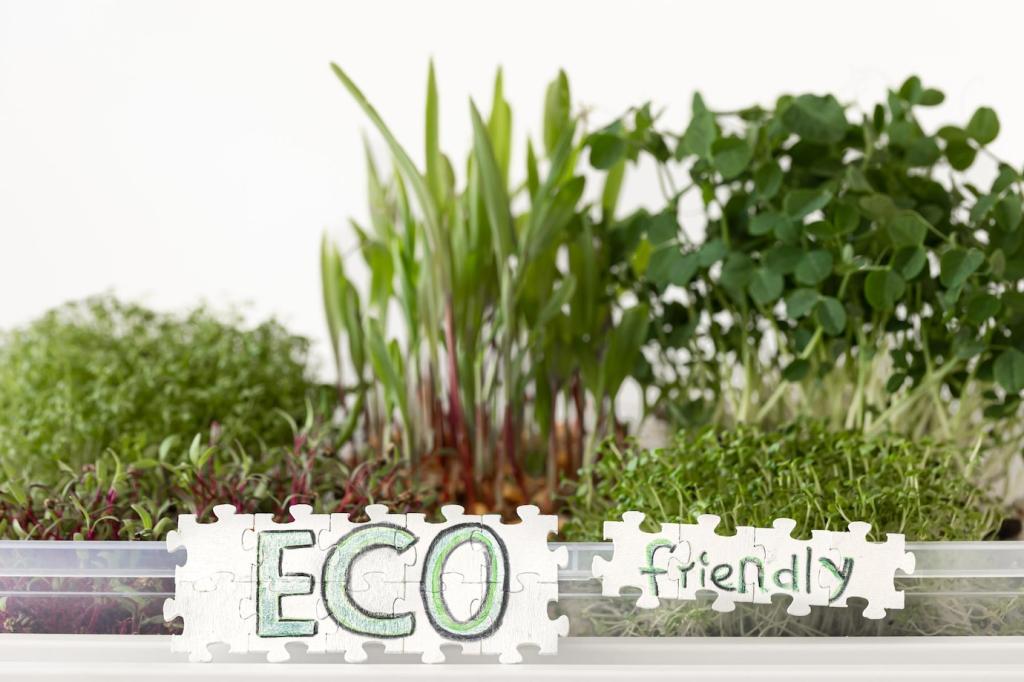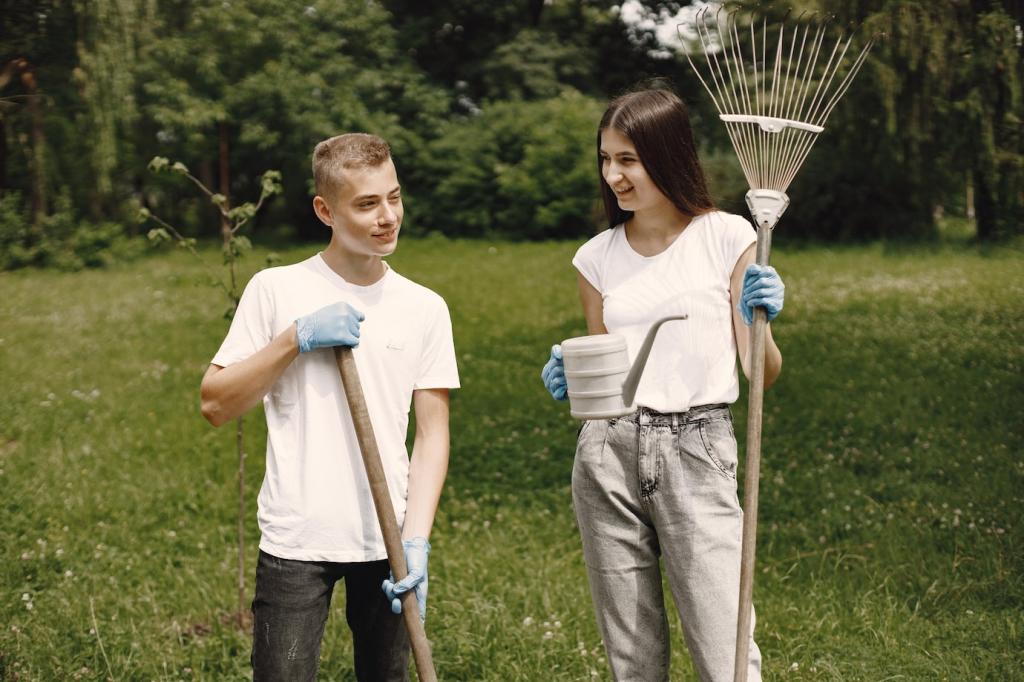Core Tools for Non-Toxic Dusting
Split-fiber microfiber grips fine particles electrostatically and mechanically. Use slightly damp for better pickup, wash without fabric softener to keep fibers grabby, and color-code cloths so you don’t cross-contaminate rooms or surfaces.
Core Tools for Non-Toxic Dusting
A sealed HEPA vacuum captures 99.97% of particles at 0.3 microns when maintained properly. Attach a soft brush for baseboards and vents, dust high-to-low, then vacuum last to collect what settles without releasing irritants back into your air.
Core Tools for Non-Toxic Dusting
Mix distilled water with a teaspoon of mild, fragrance-free castile soap per liter. Optional: one drop of unscented glycerin for glide. Skip essential oils if you have pets or sensitivities, and always mist the cloth, not the surface.


